Common spined lance: a small fish created genetic chaos (8 photos)
Spiked loaches live almost exclusively in reservoirs with a sandy bottom, because they base their entire survival strategy on sand. During the day, these fish burrow into it up to their gills. 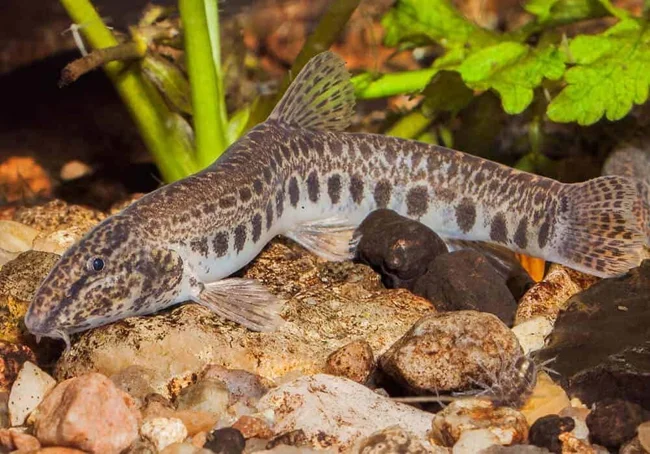
Such fish are widespread throughout Europe, Asia and North Africa.
Fortunately, when you are no more than 11 centimeters long, this is not difficult to do. Sand hiding is their only method of self-defense. Two-toothed infraorbital spines do not count; they can only protect against fish of a similar size. 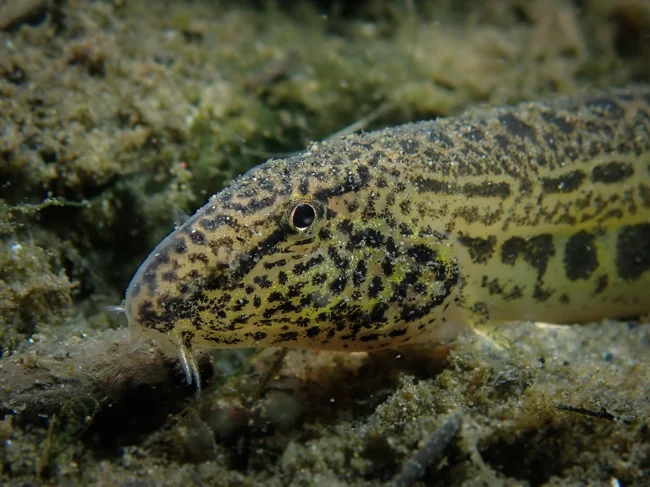
I'm not afraid, I shouldn't be afraid. For fear kills the mind. Fear is a small death that entails complete destruction. I will face my fear and accept it. I will let it pass over me and through me.
Well, when night falls and the lake falls asleep, the microfish crawls out of its shelter to get food. To gain the required amount of calories, the spiny fish swallows sand and sifts it through its gills. Large pieces of organic matter: carrion, insect larvae and worms are swallowed. It's a hard work. It may take the spined loach all night to feed itself! 
Well, at least without loans.
And with such a joyless life, they still manage to reproduce! During the mating season, the length and time of which depends on the region of residence, males dance in front of females. If the lady liked the choreographic tricks, she will deign to lay up to 300 eggs, and the male will fertilize them. In total, a lady can make 3 clutches per season. Each batch of fry will have their own father, which has a positive effect on the genetic diversity of the population. 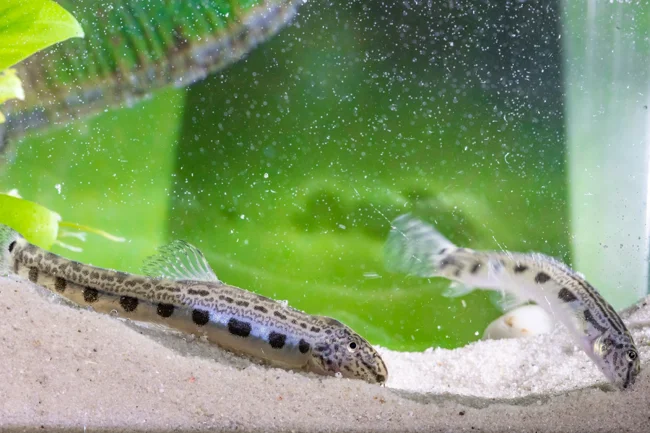
Look how I can. Hoba!
This is a common breeding option for small fish, with one exception. Male spined lances are extremely loving. They do not worry about the species of their faithful and milk the representatives of closely related species. And the children from this union turn out... strange. 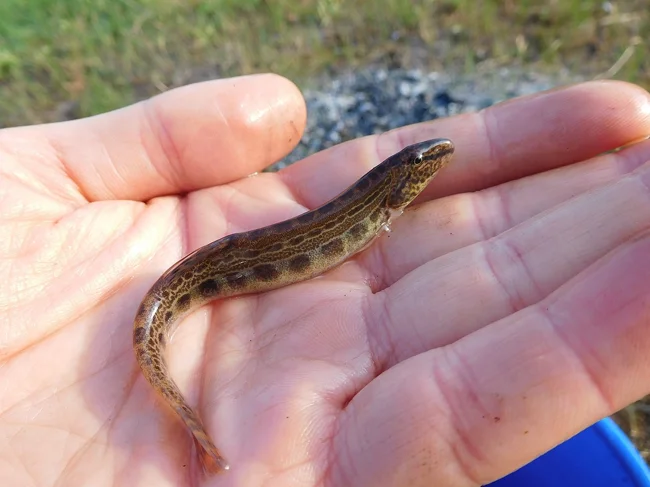
Hello handsome, are you free?)
Ordinary animals, like you and me, have a double set of chromosomes, half of which we got from our dad and half from our mom. But when closely related spined loaches hybridize, they give birth to females with a triple set of chromosomes—triploid animals. 
Polyploidy in animals is very rare. But in plants it is much more common.
Purely outwardly, such fish are the same as ordinary spined fish. The difference can only be distinguished by the trained eye of an ichthyologist. But inside there are certain differences. For example, the size of erythrocytes, red blood cells, in these fish is one third larger than in normal ones. In addition, they are more hardy, tenacious and prolific. And capable of cloning. But with a nuance. 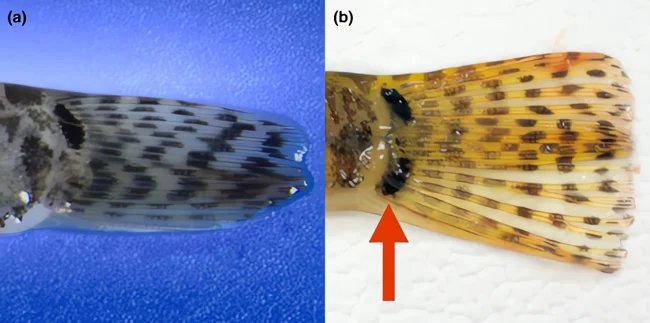
Even common species of spined loach are extremely difficult to distinguish from each other. This is the only diagnostic difference between the ordinary (left) and two-line spined loach.
All triploid spined fish are females, and due to the triple set of chromosomes, their eggs are able to develop independently. But to start the development of the embryo, a push from the outside is needed - fusion with the sperm. True fertilization does not occur; the male's genetic material is destroyed, and the daughter turns out to be a complete clone of the mother. This method of reproduction is called gynogenesis. 
– How many chromosomes do you have, admit it! – To be honest, you’re not much of an ichthyologist.
But the genetic confusion does not end there. Sometimes gynogenesis goes wrong, and the male’s genetic material still combines with the female’s genes. As a result, a fish is born with a quadruple set of chromosomes! Fortunately for geneticists, whose brains are already overloaded with such a complex system, tetraploid hybrids cannot reproduce. Their bodies simply do not produce reproductive cells.
The biological significance of such perversions is unclear. Moreover, the number of triploid scale insects can reach 80% of the total fish population!
